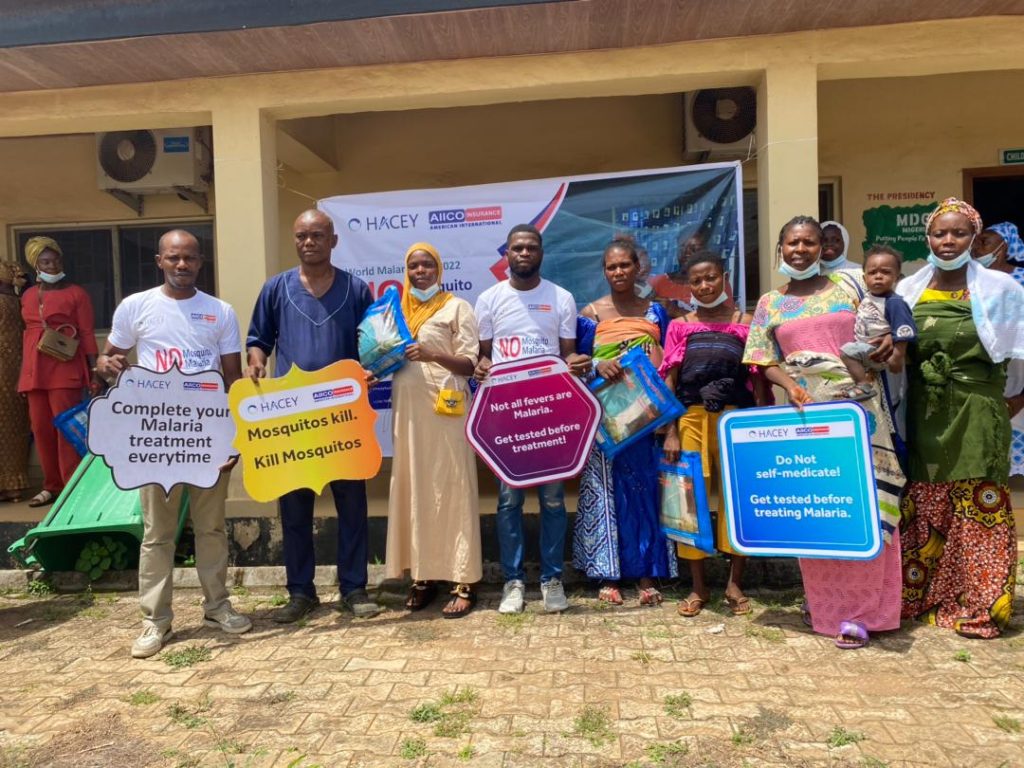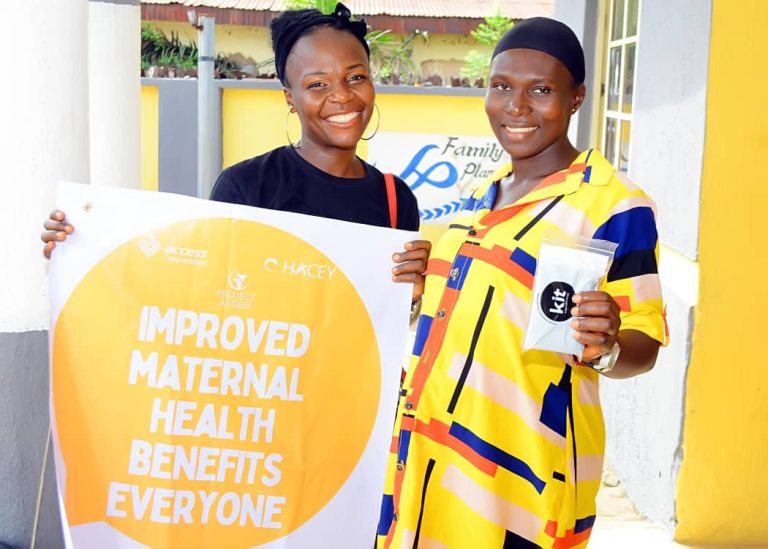Malaria is an infectious disease that affects people living in tropical areas. Mosquitoes are the vectors of transmission. It is characterized by a high fever, chills, and rigors in addition to other symptoms. It has the potential to be fatal if not diagnosed early and treated promptly. It is possible that a single mosquito bite will be enough to spread the infection.
With sub-Saharan Africa accounting for approximately 93 percent of all malaria cases worldwide and approximately 94 percent of all malaria deaths, and Nigeria emerging as the country with the highest number of malaria cases and fatalities in Sub-Saharan Africa, malaria has continued to be a significant public health challenge, particularly in sub-Saharan Africa, which bears a disproportionately large share of the global malaria disease burden. The country’s population is estimated to be at risk of contracting Malaria, which accounts for approximately 25 percent of the continent’s malaria disease burden, according to the most recent available estimates(WHO).
When you have malaria, you will have a high fever of more than 38C (100.4F), as well as chills and excessive sweating. Intense muscle pain, a headache, blurred vision, and dizziness are all common symptoms. Some patients may also experience diarrhea and vomiting as a result of the medication. Symptoms may appear within seven days of being bitten, or they may take between 10 and 15 days to manifest themselves. However, symptoms varies based on individuals.

Plasmodium, a type of parasite, is responsible for the transmission of malaria. This is a microscopic parasite that is spread by certain species of mosquitoes and causes dengue fever. Despite the fact that there are numerous types of Plasmodia parasites, only four of them are known to cause malaria in humans. Plasmodium falciparum, Plasmodium vivax, Plasmodium ovale, and Plasmodium malariae are among the parasites that cause malaria.
There is a fifth species that is responsible for the transmission of malaria to humans. Plasmodium knowlesi is the scientific name for this parasite. It is found throughout South East Asia and is frequently misdiagnosed as Plasmodium malariae (malaria). The infection has the potential to progress to a more serious and even life-threatening stage.

Female Anopheles mosquitoes, which are night-biting mosquitoes, are the primary vectors for the transmission of the Plasmodium parasite.
The diagnosis of malaria is made through the examination of blood samples. Under a microscope, the parasites can be seen to be present. Once a diagnosis has been made, treatment should begin as soon as possible. Almost all of the patients make a full and complete recovery.
Anti-malarial medication is used to treat and prevent malaria in both humans and animals. The type of drug and the duration of treatment are determined by the type of malaria, the severity of the disease, and whether or not the patient is pregnant.
Malaria can sometimes become difficult to treat. Severe anaemia, cerebral malaria, malaria during pregnancy, spleen rupture, acidosis, kidney damage, multi-organ failure, and other complications are among the risks associated with the disease, among others.
Several simple precautions can be taken to reduce the risk of contracting malaria. The first step in preventing malaria in high-risk areas is raising public awareness of the dangers of the disease. Mosquito bites can be avoided by dressing in protective clothing and applying mosquito repellent.

Anti malarial tablets may be prescribed to travelers who will be traveling to a malaria-endemic area in order to prevent them from contracting malaria. It is possible to avoid complications and death if you receive immediate diagnosis and treatment.
HACEY Health Initiative with support from AIICO insurance is committed to combating malaria. Hence, the organization of a health promotion programs to commemorate the 2022 world malaria day. The goal of the program is to improve women’s knowledge, attitude, and practice particularly among pregnant women, nursing mothers, and mothers in vulnerable communities across Lagos, Rivers, and Oyo States in Nigeria, with the desire to increase the awareness of 500 women across the most endemic communities on malaria prevention and control methods
To know more about HACEY fight against malaria visit www. hacey.org.
Written By:
Michael Adegboye


